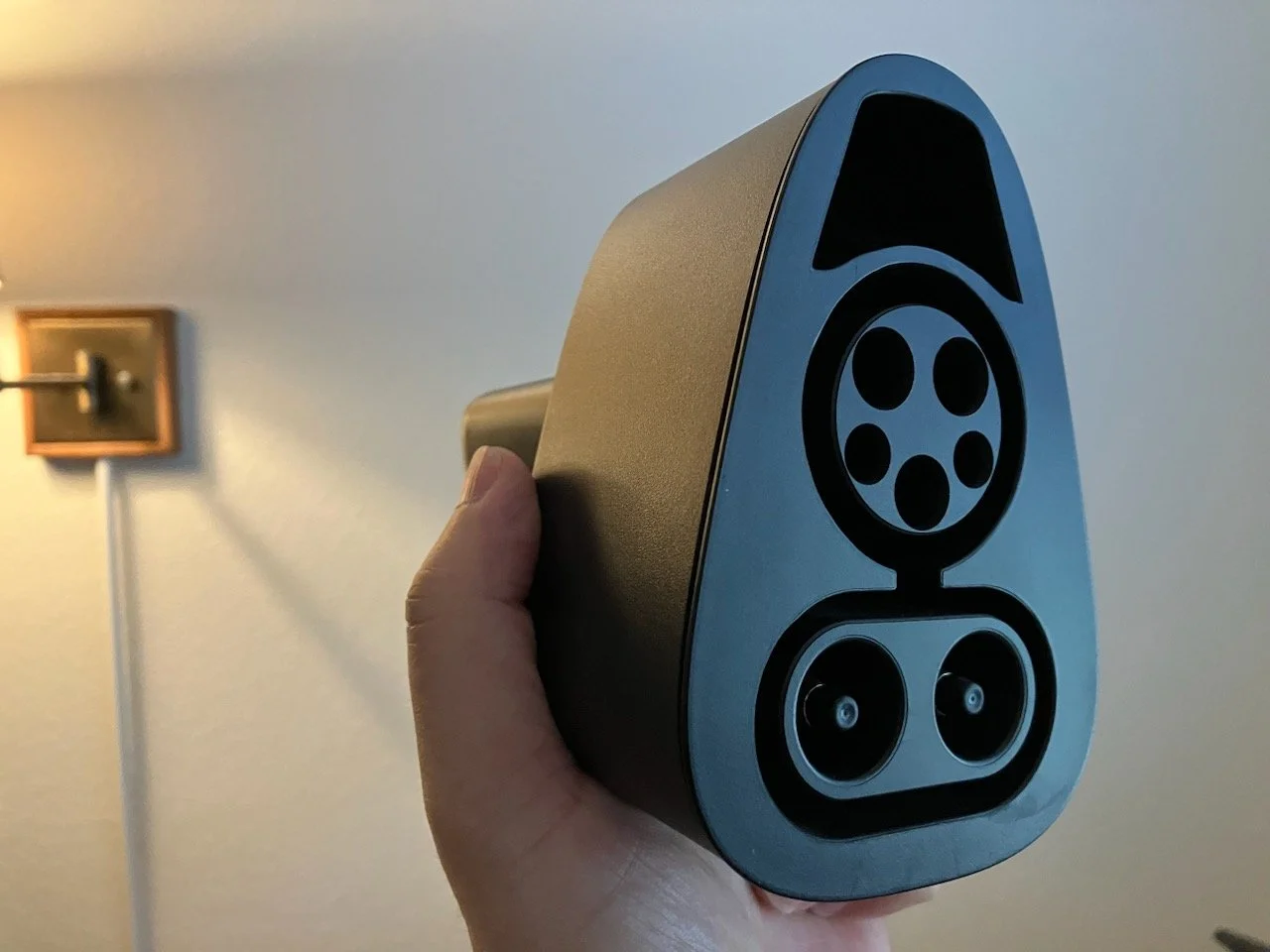My First Experience with CCS1 as a Tesla Owner Highlights the Superiority of NACS
By Edward A. Sanchez — May 2, 2024
For those of you who aren’t hard-core EV nerds, my following screed will likely be confusing or obscure. For those of you “in the know” you’ll know exactly what I’m talking about.
I recently got the long-awaited (at least to me) CCS hardware upgrade on my 2019 Model 3. In layman’s terms, I can now (with the help of an adapter) charge at any EV charging station from coast to coast, from a technical standpoint. Prior to the upgrade, I was limited to Tesla Superchargers for DC fast charging. If I wanted to use Electrify America, EVgo, or other DC fast chargers, I was out of luck.
Besides the physical issue of a different plug and port design complicating the issue, there was communication incompatibility between the charging station and my car. When my car was built, the Tesla-proprietary CAN communication protocol communicated with the Supercharger station, and initiated charging and validated payment method.
Tesla’s CCS1 to NACS adapter is anything but tiny. But it does work.
Although the terms NACS and Tesla are often used interchangeably, there is a difference. NACS adopts the CCS protocol for vehicle-to-charger communication. Teslas built from late 2019 forward natively incorporate the required hardware and software to recognize the CCS protocol. Mine missed the cut. So even if I could find a third-party (non-Tesla) NACS connector, and the plug would fit in my charging port, it wouldn’t do anything – or it would simply communicate “charging error.”
Tesla had been promising the CCS hardware upgrade for my Tesla for more than a year. I inquired a few times about getting the upgrade done, only to be rebuffed and my appointment canceled. Finally, last week, it was listed as an available service. I eagerly scheduled my appointment.
As has been the case with most of my service experiences, the technicians came to my house, and performed the service in about 15 minutes. Digging through the sub-menus on my display, under “Additional Vehicle Information,” the line on CCS charging went from “Not Installed” to “Enabled.”
Of course, being the EV nerd that I am, I went out of my way to find a CCS DC fast charger. (Not really, there’s one right around the corner from my home in a supermarket parking lot.) It was also the first opportunity to try my CCS1-to-Tesla adapter.
After some fiddling with the app and display on the charging station, I was able to initiate charging. Unlike the “plug & go” experience with Tesla Superchargers, this one was quite a bit more finicky in terms of sequence. The adapter also added quite a bit of weight and bulk to the already bulky (compared to NACS) CCS1 plug – it was decidedly a two-handed proposition, unless you happen to have unusually large and strong hands and arms, compared to the one-handed operation of NACS.
Am I glad I got the upgrade done? Absolutely. With it, and along with my epic collection of mobile connectors and adapters, I will literally be able to charge nearly anywhere coast to coast in the U.S. either with official, branded charging stations, wall plugs, RV parks, or just about anywhere in between with a power outlet. Will I actively seek out CCS1 stations and an opportunity to use my adapter again? Absolutely not. I have the adapter for “just in case” scenarios where I’m in need of a fast charge and Supercharger stations are not available.
For anyone out there that thinks the near-universal adoption of NACS by automakers in the North American market was a mistake, I challenge you to take a road trip or charge in a Tesla, and then in another EV. The form factor superiority of NACS from a user experience perspective is clearly superior.
The only objective advantage of CCS1 is purportedly durability, with the thicker plug and connectors having roughly double the projected service life of NACS, although Tesla has reportedly already baked this into its Supercharger maintenance budget. Is this approach arguably more wasteful? You could make the case. But as Ford CEO Jim Farley discovered on his family EV road trip, prompting him to make Ford the first major OEM adopter of NACS, the elegance and ease-of-use of the NACS form factor trumps this consideration.
Once other models with NACS start coming to market, I believe the wisdom in adopting the “Tesla” plug will become crystal clear.
(Images by Edward A. Sanchez)









